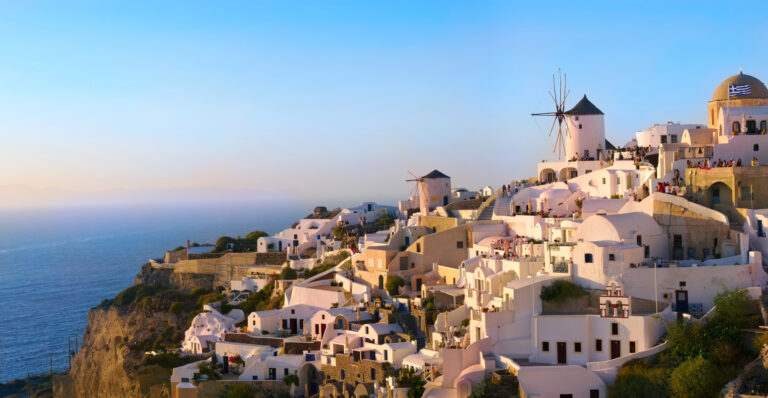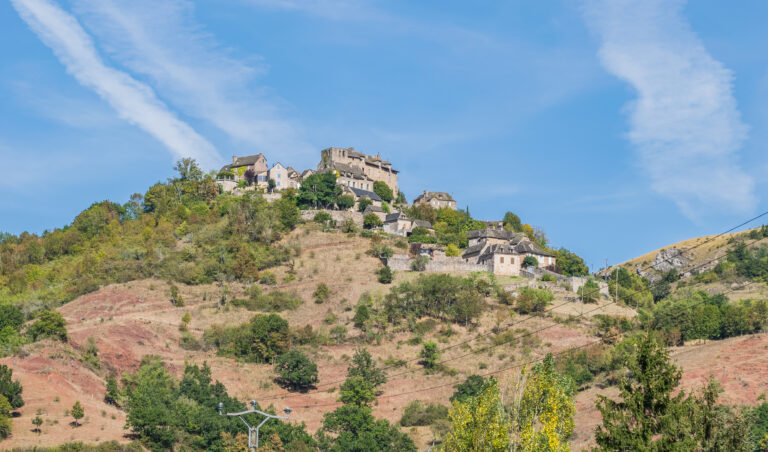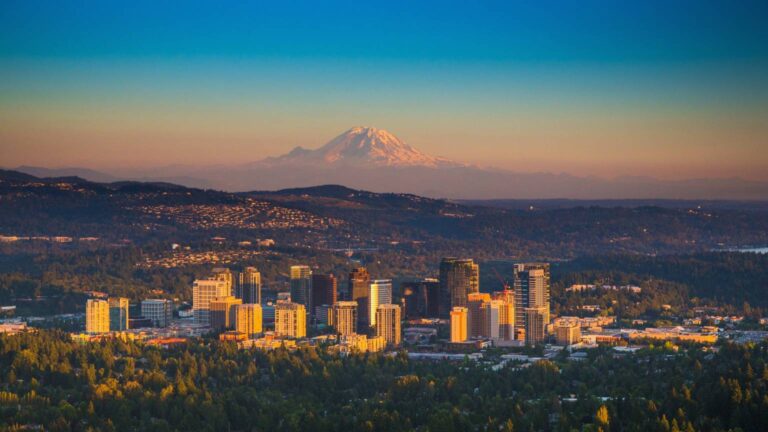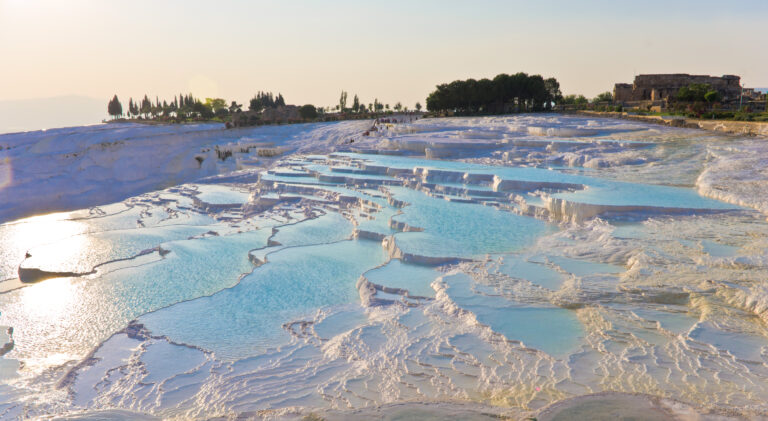10 Must-Visit Places in Mainland Japan for Every Traveler

Mainland Japan, a land where ancient traditions blend seamlessly with futuristic innovations, offers a travel experience like no other. From the bustling streets of Tokyo to the tranquil temples of Kyoto, this island nation serves up a fascinating mix of sights and sounds. Whether it’s the allure of historic castles, the tranquility of natural hot springs, or the charm of quaint streets lined with cherry blossoms, Japan has something to captivate every type of traveler. Get ready to unfold the tapestry of experiences that mainland Japan has in store.
1. Tokyo Skytree (Tokyo’s Tallest Tower)

Standing tall at an impressive 634 meters, the Tokyo Skytree is not just a television broadcasting tower; it’s a symbol of Tokyo’s skyline. From its two observation decks, visitors can get breathtaking 360-degree views of the city and, on clear days, even catch a glimpse of Mount Fuji. The tower lights up beautifully at night, showcasing various themes that change with the seasons. Surrounding the Skytree is a shopping complex and an aquarium, making it a full-day outing spot. It’s a testament to Japan’s blend of tradition and innovation, offering a unique perspective on the city both literally and figuratively.
2. Fushimi Inari Shrine (A Path Lined with Thousands of Torii Gates)

Fushimi Inari Shrine, located in Kyoto, is famous for its seemingly endless path of over 10,000 vibrant orange torii gates, which snake through the wooded forest of Mount Inari. This Shinto shrine, dedicated to the god of rice and sake, Inari, dates back to the 8th century and holds immense cultural significance. Visitors often take a leisurely hike through the gates, which takes about two to three hours, reveling in the serene and somewhat mystical atmosphere. The path also offers various lookout points, providing picturesque views of Kyoto. It’s a must-visit for those seeking a blend of spiritual journey and physical exploration.
3. Himeji Castle (Japan’s Most Spectacular Castle)

Himeji Castle, also known as White Heron Castle due to its elegant white appearance, is widely considered Japan’s most beautiful surviving feudal castle. This UNESCO World Heritage site, located in Himeji City, has remained intact for over 400 years, surviving both natural disasters and war times. The castle complex is vast, featuring 83 buildings with advanced defensive systems from the feudal period. Springtime brings an added layer of allure as cherry blossom trees bloom, creating a picturesque setting. A visit here is a journey back in time, offering insights into Japan’s samurai past and architectural genius.
4. Arashiyama Bamboo Grove (A Walk Through Soaring Bamboo)

Arashiyama Bamboo Grove, situated on the outskirts of Kyoto, offers an otherworldly stroll through towering bamboo stalks. The sunlight filters through the dense canopy, creating patterns and a tranquil atmosphere that’s almost meditative. This natural wonder is not just a feast for the eyes but also for the ears, as the wind rustles through the bamboo, creating soothing sounds. The grove is part of a larger scenic area, which includes temples, shrines, and a picturesque river. It’s a perfect escape for those seeking peace and a moment to reconnect with nature.
5. Nara Park (Deer and History Collide)

Nara Park is renowned for its friendly free-roaming deer and significant historical sites. Located in the city of Nara, the park is home to hundreds of deer, considered messengers of the gods in Shinto religion. Visitors can interact with these gentle creatures, feeding them special crackers sold around the park. Besides the deer, the park houses several important cultural treasures, including Todai-ji Temple, which features one of the largest bronze statues of Buddha. A visit to Nara Park offers a unique combination of natural beauty, wildlife, and a deep dive into Japan’s rich cultural heritage.
6. Kenrokuen Garden (One of Japan’s Three Great Gardens)

Kenrokuen Garden, located in Kanazawa, is celebrated as one of the three great gardens of Japan. This expansive garden is known for its perfect balance and harmony, embodying the six attributes of a perfect landscape: spaciousness, seclusion, artifice, antiquity, water-courses, and panoramas. Each season brings a different charm to Kenrokuen, from cherry blossoms in spring to the unique practice of yukitsuri in winter, where trees are supported with ropes to prevent snow damage. With teahouses, ponds, bridges, and well-manicured flora, the garden offers a peaceful retreat. It’s a living piece of art, inviting visitors to stroll and admire the evolving beauty.
7. Akihabara (The Electric Town)

Akihabara, often referred to as Electric Town, is Tokyo’s hub for all things electronic and pop culture. This bustling district is a paradise for gadget lovers, with stores ranging from tiny specialist shops to vast electronic emporiums. But it’s not just about electronics; Akihabara is also the center of Japan’s otaku culture, home to many manga, anime, and video game shops. Maid cafes and theme bars add to the unique charm of the area, offering experiences found nowhere else. For those interested in the latest technology, pop culture, or just looking to experience Tokyo’s vibrant energy, Akihabara is a must-visit.
8. Mount Fuji (Japan’s Iconic Peak)

Mount Fuji, standing at 3,776 meters, is Japan’s tallest mountain and an iconic symbol of the country. Visible from Tokyo on a clear day, the mountain has inspired artists and pilgrims for centuries. While climbing Mount Fuji is a popular activity during the official climbing season in July and August, the surrounding five lakes offer year-round attractions, including hot springs, theme parks, and exceptional views. The area is also known for the beautiful Fuji Five Lakes, offering outdoor activities such as boating and fishing. Whether admiring from a distance or standing atop its summit, Mount Fuji captivates with its majestic beauty and cultural significance.
9. Kinkaku-ji (The Golden Pavilion)

Kinkaku-ji, the Golden Pavilion, is one of Kyoto’s most iconic sights, with its top two floors completely covered in gold leaf. This Zen Buddhist temple is set in a tranquil pond, reflecting its beauty and creating a stunning visual effect. Originally built as a retirement villa for Shogun Ashikaga Yoshimitsu in the 14th century, it was converted into a temple by his son. The surrounding gardens are meticulously maintained, exemplifying classical Japanese garden design. Visiting Kinkaku-ji offers a glimpse into the opulent lifestyle of the shogunate and the serene beauty of Zen Buddhism.
10. Shibuya Crossing (The World’s Busiest Intersection)

Shibuya Crossing, often referred to as the world’s busiest intersection, is a spectacle of modern Tokyo. Thousands of people cross at a time, coming from all directions in a seemingly chaotic yet surprisingly orderly manner. The surrounding area is a major commercial and business hub, filled with shops, restaurants, and entertainment venues. Observing the crossing from one of the nearby buildings or cafes provides a unique vantage point. Shibuya Crossing is not just a tourist attraction; it’s a symbol of Tokyo’s vibrant, fast-paced, and densely populated urban life.
This article was written by Hunter and edited with AI Assistance






